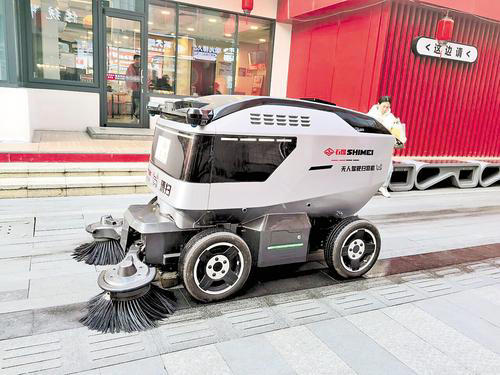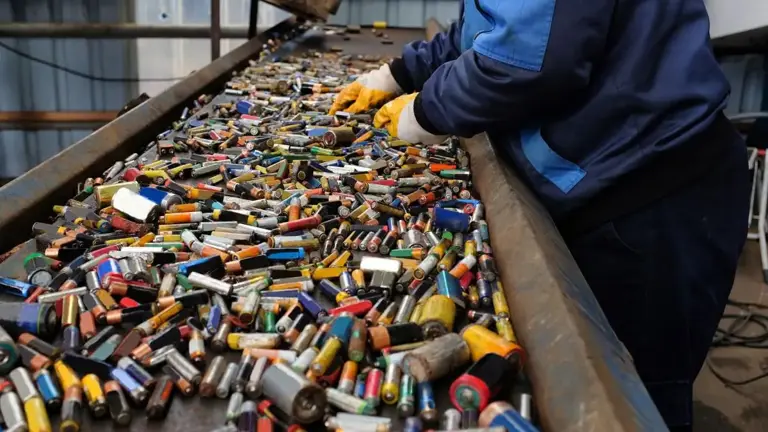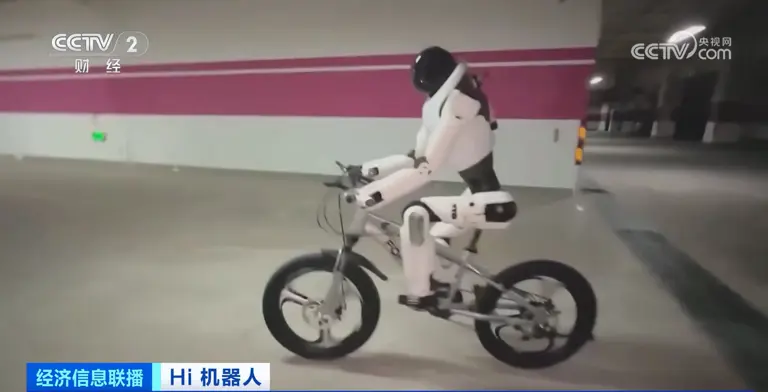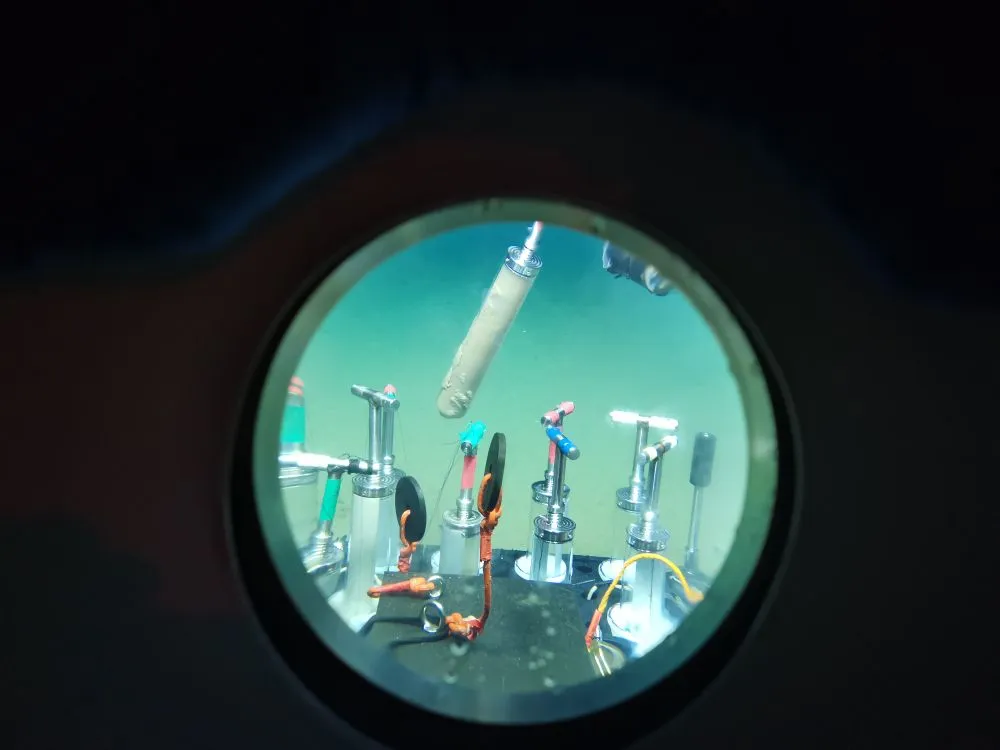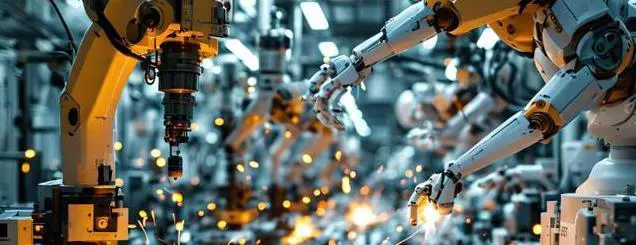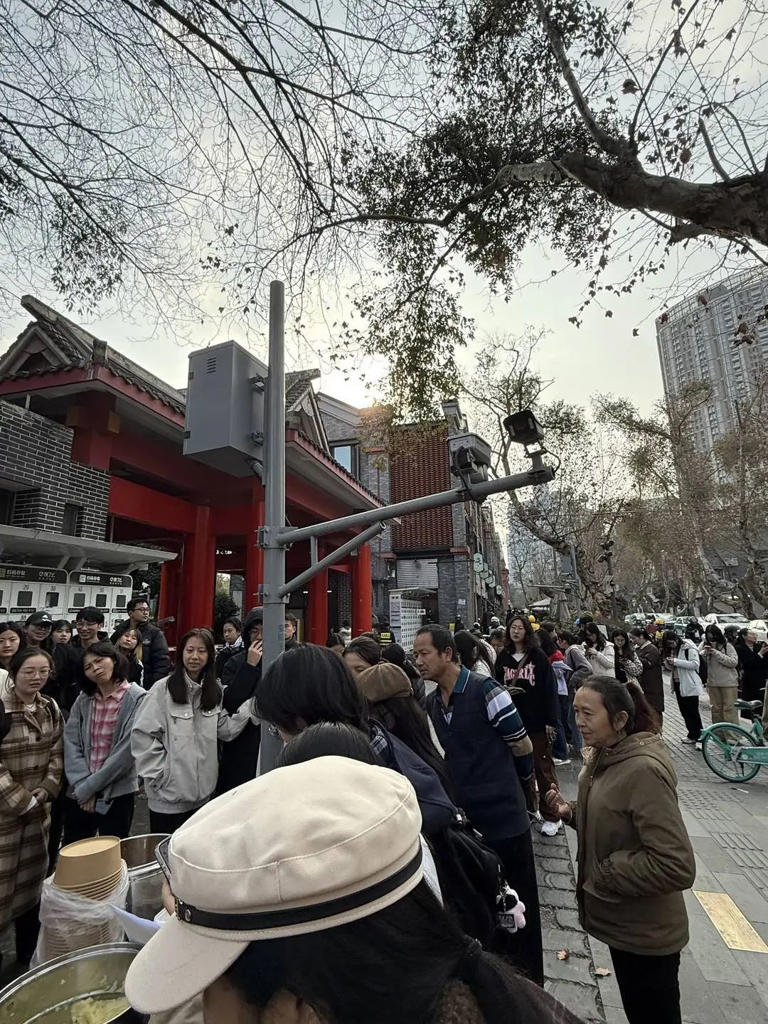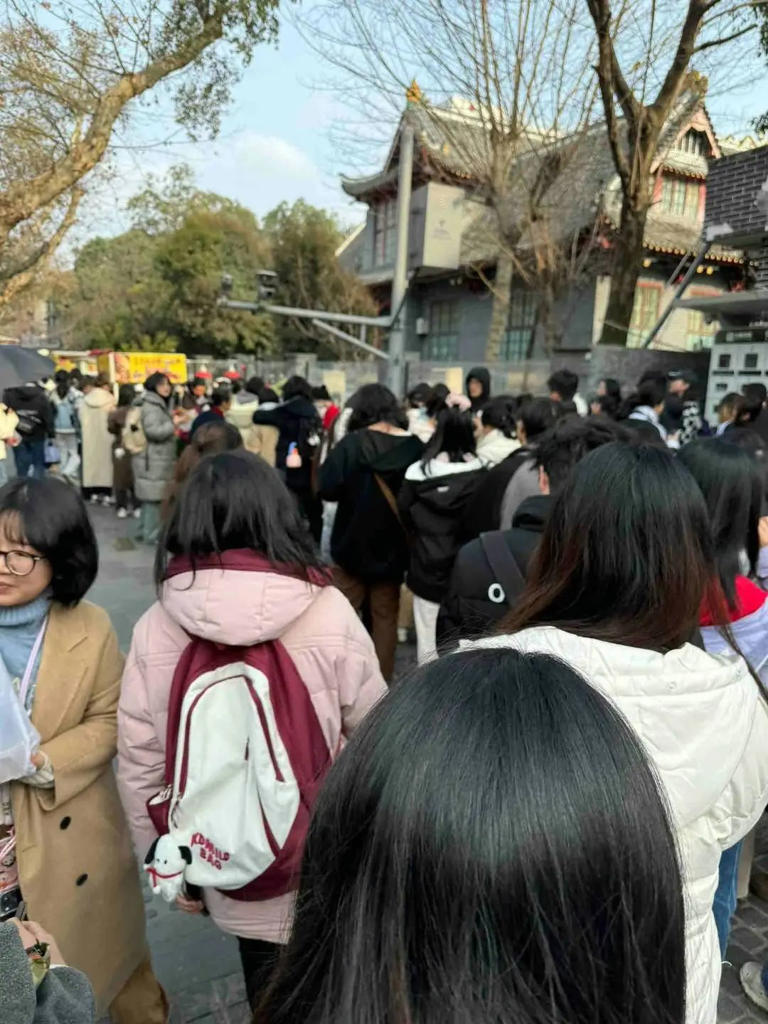With the rapid progress of science and technology, robot technology is penetrating into all walks of life at an unprecedented speed, especially in the manufacturing industry, and robots have gradually become the “new favorite” of factories. From car manufacturing to electronics assembly, robots are almost everywhere. They are efficient, precise, and work tirelessly, which many business owners see as a “savior”. However, behind this seemingly glamorous technological change, there are some profound social and economic problems. As robots become the main force on the production line, a series of problems such as worker unemployment and shrinking consumer market have also begun to surface. This is not only a technological leap, but also a profound change in society.
Let’s start with a real-life example. The production workshop of Gree air conditioning was once busy, with more than 300 workers busy on the production line. Today’s Gree workshop, however, is very different. More than 100 robots are seamlessly assembling, handling and other work, while the remaining 100 workers are mainly responsible for supervision and maintenance. While improving production efficiency, these robots greatly reduce the labor intensity of workers, and even reduce the error rate and the risk of work-related injuries in production. According to statistics, the application of robots has increased production efficiency by more than 20%, and the cost has also been greatly reduced. For the factory owners, this is undoubtedly a very attractive “business miracle”.
A similar situation is not limited to the home appliance industry, the automotive manufacturing industry is also rapidly embracing robotics. Taking Geely, ZEEKR and other major electric vehicle manufacturers as examples, with the use of robot production lines, not only improve production efficiency, but also greatly reduce the occurrence of human error and industrial accidents. These highly efficient automated production lines, especially in high-precision fields such as welding and painting, demonstrate the great advantages of robotics.
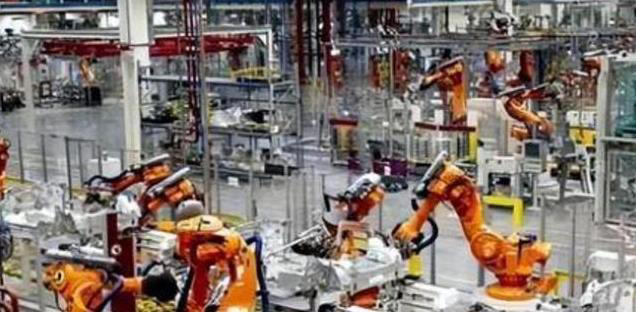
While robots bring immediate efficiencies and cost savings, the potential social impact cannot be underestimated. When workers on the production line are gradually replaced by robots, unemployment problems follow. In fact, although robots replace human labor, although they improve production efficiency, they may lead to the interruption of some workers’ income sources, which in turn affects the demand of the consumer market. Workers without a source of income are unable to consume, and the shrinking consumer market has further affected the sales and profitability of enterprises. The ripple effect of all this could break the virtuous cycle of the economy and even lead to a recession.
Against this backdrop, many economists have also begun to warn that over-reliance on robotics is not just a technical problem, it can also lead to serious social and economic problems. Although too many robots replace labor, although enterprises can save costs, they have caused a severe employment crisis and a shrinking consumer market at the social level.
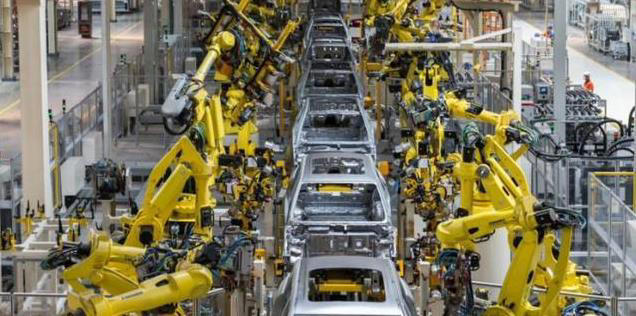
In addition, after the introduction of robots, the production process may become more rigid, reducing the flexibility to respond to market changes. For example, some automobile manufacturing plants have introduced a large number of welding robots, which has indeed improved production efficiency in the short term, but the production line has been paralyzed when the robots cannot adapt to some special situations. What’s more, with the pressure of public opinion, the unemployment of workers has become more and more prominent, and although enterprises have benefited from the cost perspective, they are facing an increasing burden from the social perspective.
With the continuous advancement of robotics and AI technology, human society has entered a period of unprecedented change. The advantage of robotics is that it can do repetitive, dangerous and tedious tasks, but it lacks creativity and adaptability, especially when faced with unexpected problems, and it often can’t cope with pre-set procedures. This brings a problem: with the popularity of robots, more and more traditional industries will face the danger of being eliminated.

Not only that, but the development of robots and AI has also sparked discussions about the ethics of technology. Should we sacrifice employment for some in exchange for productivity gains? In the short term, companies will undoubtedly benefit from the productivity gains brought about by robots, but in the long run, will this technological change exacerbate the gap between rich and poor in society? Have we lost respect and care for people in the pursuit of efficiency? These issues undoubtedly require deep thinking by the whole society.
The development of technology has inevitably brought about changes in the structure of the economy, and robots and AI have not only replaced low-skilled workers, but have even begun to penetrate into higher-skilled fields. For example, AI has begun to play an important role in industries such as healthcare, finance, data analytics, and even in some areas, robots have been able to perform complex diagnosis and decision-making. The popularity of these technologies has greatly promoted the progress of productivity, but it has also put workers in some industries at risk of being replaced.
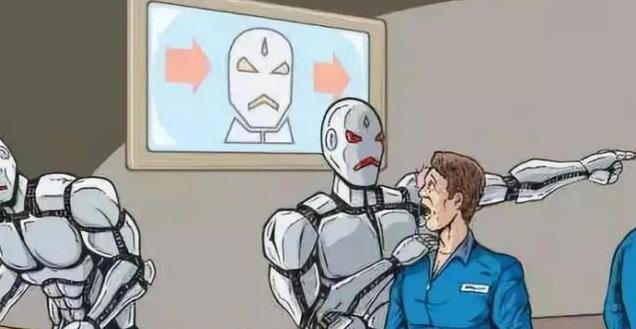
By introducing robots on a large scale, companies can indeed reduce costs, improve production efficiency, and even reduce the price of goods. However, this does not solve the problem of shrinking consumer markets. With the unemployment of a large number of low-income people, their spending power will decline, which will eventually affect the survival and profitability of enterprises. Therefore, when promoting the application of robot technology in the future, enterprises must think forward-looking: how to improve efficiency while ensuring social stability and fairness.
Although the application of robotics and AI technology presents us with many challenges, it is undeniable that they also present us with a new future. With the continuous advancement of technology, human society will enter a whole new stage, which can be called “leisure society”. In such a society, robots do most of the repetitive work, while humans devote more energy to creative and high-value-added labor, such as artistic creation, emotional communication, and higher-order thinking.
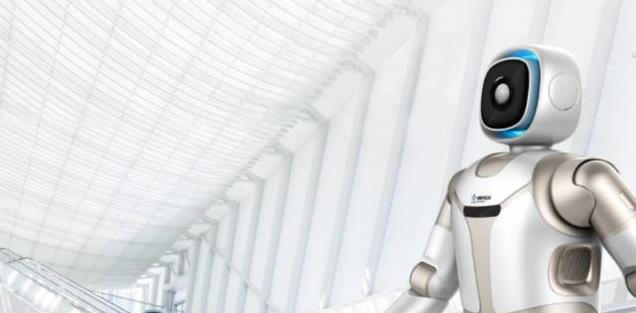
However, the realization of this ideal society is not without its challenges. First of all, how to distribute the “dividends” brought by robots, and how to ensure social fairness and stability, are problems that need to be solved urgently. For example, how can we ensure that every citizen has a share in the fruits of technological progress? Some scholars have proposed the concept of “universal basic income”, which aims to solve the problem of unemployment caused by robots replacing jobs through the government’s provision of basic livelihood guarantees. However, the implementation of this plan still faces many difficulties, including tax policies, fiscal expenditures, and corporate social responsibility.
In addition, the field of education will also usher in change. In the future education system, programming and robotics will become one of the basic courses. Developing students’ creative thinking and emotional abilities, especially in areas that robots can’t, will be at the heart of education. Human competitiveness is no longer just about manual labor or repetitive work, but more about thinking, innovation, and emotional intelligence.
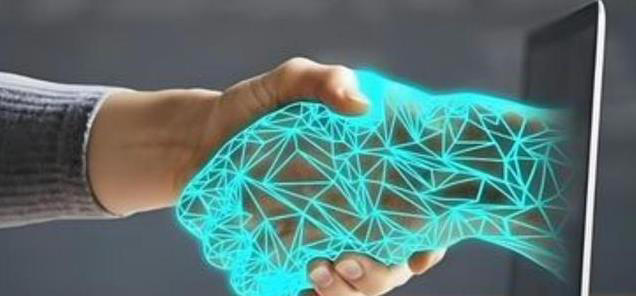
The popularization of robots and AI is undoubtedly an inevitable trend in social development, but we cannot ignore the social impact they may bring. Although the progress of technology has made life more efficient and convenient, how to avoid the social problems it brings, especially at the level of employment and consumption, requires each and every one of us to think carefully. Will the society of the future be an “ideal country” where robots and humans coexist in harmony, or will it lead to a new social crisis due to over-reliance on technology? This is an issue that we must face. Only by finding a balance between innovation and tradition can technology truly bring benefits to humanity, not to difficulties.

 Entering China
Entering China

